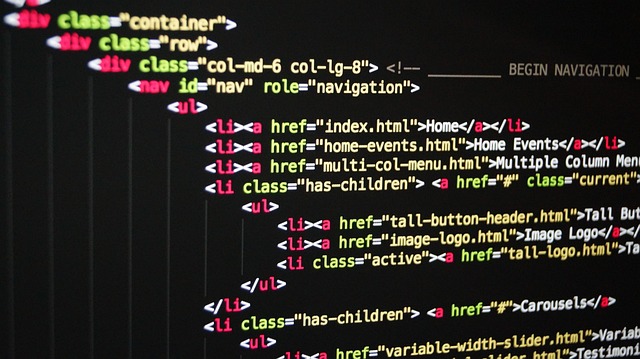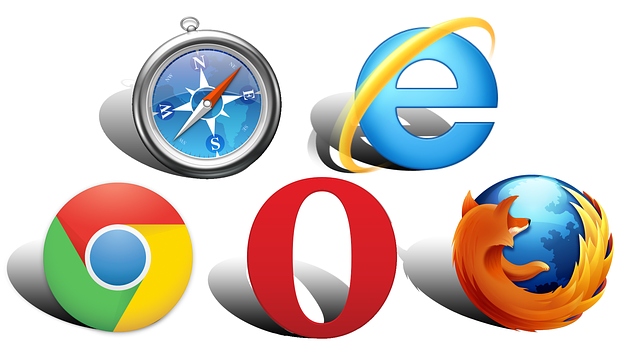Powerful Websites: 24/7 Access & Contemporary Design for Business Success

Contemporary web design trends prioritize user-friendliness, responsiveness across devices, and aest…….
In the ever-evolving world of digital technology, web design trends play a pivotal role in defining the user experience, driving market competitiveness, and reflecting cultural shifts. This comprehensive article delves into the multifaceted realm of web design trends, exploring their global impact, economic implications, underlying technologies, regulatory frameworks, and the challenges they present. By analyzing these aspects, we aim to provide valuable insights for designers, developers, businesses, and enthusiasts alike, offering a roadmap for navigating this dynamic field.
Definition and Core Components:
Web design trends encompass the latest styles, techniques, and technologies that influence the visual aesthetics, usability, and functionality of websites. It is a dynamic field that evolves with changing user preferences, technological advancements, and cultural trends. The core components include layout design, color schemes, typography, imagery, interactive elements, and overall website architecture.
Historical Context:
The concept of web design trends has evolved since the early days of the World Wide Web. Initially, websites were primarily text-heavy and functional, with limited visual appeal. As web technologies advanced, designers began to experiment with graphics, multimedia, and dynamic content. The late 1990s and early 2000s saw the rise of flashy, table-based designs with vibrant colors and animated gifs. However, with the growing emphasis on user experience (UX) and accessibility, modern web design trends focus on simplicity, responsiveness, and intuitive navigation.
Significance:
Web design trends are crucial for several reasons:
Web design trends have a profound international influence, shaping digital experiences across diverse regions:
| Region | Trending Styles | Regional Preferences |
|---|---|---|
| North America | Minimalist designs with bold accents, flat design, immersive 3D graphics. | Emphasis on simplicity and accessibility, strong focus on content-driven design. |
| Europe | Responsive design, mobile-first approaches, organic/nature-inspired aesthetics. | Strict privacy regulations influence design choices, preference for subtle, elegant designs. |
| Asia Pacific | Vibrant colors, dynamic animations, micro-interactions, and intuitive navigation. | High demand for personalized experiences, integration of traditional elements with modern trends. |
| Middle East & Africa | Clean lines, geometric patterns, and cultural motifs. | Regional variations in internet penetration impact design adoption rates. |
Key Global Trends:
The economic landscape of web design trends is complex, with various market dynamics at play:
Market Dynamics:
Investment Patterns:
Role of Trends in Economic Systems:
Technological innovations are at the heart of shaping web design trends:
Key Advancements:
Impact and Future Potential:
The development of web design trends is influenced by various policies and regulations:
Key Frameworks:
Impact on Design:
Web design trends are a dynamic and ever-evolving aspect of the digital world, influenced by global cultural shifts, technological advancements, and economic factors. As technology continues to advance, designers must stay agile, embracing new tools while ensuring accessible, user-centric experiences. The interplay between these influences shapes the digital landscape, providing both challenges and opportunities for businesses and designers worldwide.

Contemporary web design trends prioritize user-friendliness, responsiveness across devices, and aest…….

Emerging web design trends prioritize dynamic interfaces, minimalism, creative visuals, and user-fri…….

A well-designed website, guided by current web design trends like user experience (UX), speed, respo…….